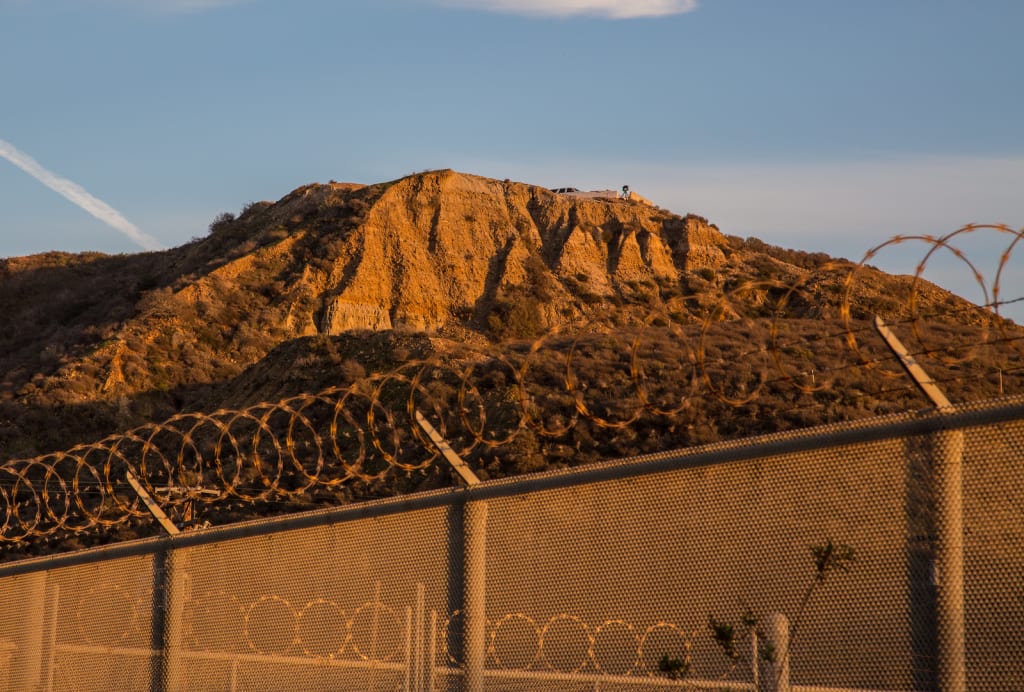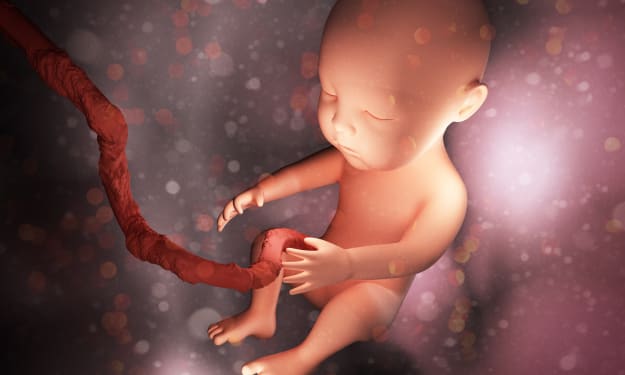The US Government Wants to Ramp Up DNA Testing at the Southern Border
After a successful trial back in May, ICE wants to continue on-the-spot DNA tests. But will it really help prevent fraud?

Immigration and Customs Enforcement (ICE) have confirmed that they are using rapid DNA testing at seven locations along the US-Mexico border, in order to identify groups of people falsely claiming to be families. The technology can produce a result in around 90 minutes—compared to the previously used police testing process which would take weeks.
The US government claims that individuals are exploiting loopholes in the law, knowing that children can't be detained for more than 20 days, forcing customs officials to simply release the family into a nearby American community instead. ICE claim that as of 21st December 2018, 15,000 families apprehended at the border have been released into the US.
During one week in June, 102 family tests were administered—85 were found to have a genuine family connection, whereas 17 were found to be fraudulent and 16 were referred for prosecution.
"We felt it was validated"
ICE ran a pilot scheme in May, and feel that it was successful enough to expand the program. "We felt it was validated," explained Alysa Erichs, acting executive associate director of ICE's Homeland Security Investigations speaking to CNN.
The number of arrests at the border have been climbing steadily, according to figures from CBP. In June alone, nearly 95,000 migrants were apprehended along the southern border, including more than 57,000 families.
But will it work?
While the Trump administration claims that rapid DNA testing is needed to contains the surge of migrants attempting to enter the country, critics claim that the scheme is being used to intimidate people who are fleeing from violence, poverty, and corruption in their home countries.
"DNA testing of migrants, refugees, and asylum-seekers is coercive, whether voluntary or otherwise,” says Erika Andiola, chief of advocacy for the Refugee and Immigrant Center for Education and Legal Services.
“Collecting biometric information of children brings kids into our state surveillance dragnet at an early age, making it impossible for them to enjoy a life truly free from state scrutiny.”
Although the government has no plans to store DNA data collected at the border, Vera Eidelman, a staff attorney with the American Civil Liberties Union, is still concerned: “The fact that it is even building out this surveillance infrastructure—using the pretext of the border—should trouble us all.”
What is rapid DNA testing?
The technology is nothing new. DNA testing has been around for decades—this is simply a sped-up, compact version of the testing process that would normally be carried out in a testing lab or police station.
A rapid DNA test is similar to that used by the police to identify DNA collected at a crime scene. Whereas the police would compare the sample to others stored on a huge database, border officials will only compare the samples collected on site, using a compact device. Because children inherit half of their DNA from each parent, a partial match would confirm that a pair claiming to be a parent and child are indeed related.
Individuals attempting to cross the border are essentially forced into consenting to the test, sparking further human rights and privacy concerns.
Assisting with immigration cases
It's not all bad news, however. DNA testing can often be used to aid a legitimate immigration case and help individuals gain access to a new country. So-called immigration DNA tests are used to prove a biological relationship if, for example, an adult has legally moved to a new country and wants to bring their child to join them. It's useful when the applicants don't possess the relevant ID or personal documents. Two DNA samples can be collected separately in two different countries, transported to a testing lab, and compared to see if the two are related. As long as the sample collection and testing are carried out by an approved lab under controlled conditions, the results will be accepted by government agencies including the US Department of State and the UK Ministry of Justice.
About the Creator
Dave Smith
Science man.






Comments
There are no comments for this story
Be the first to respond and start the conversation.